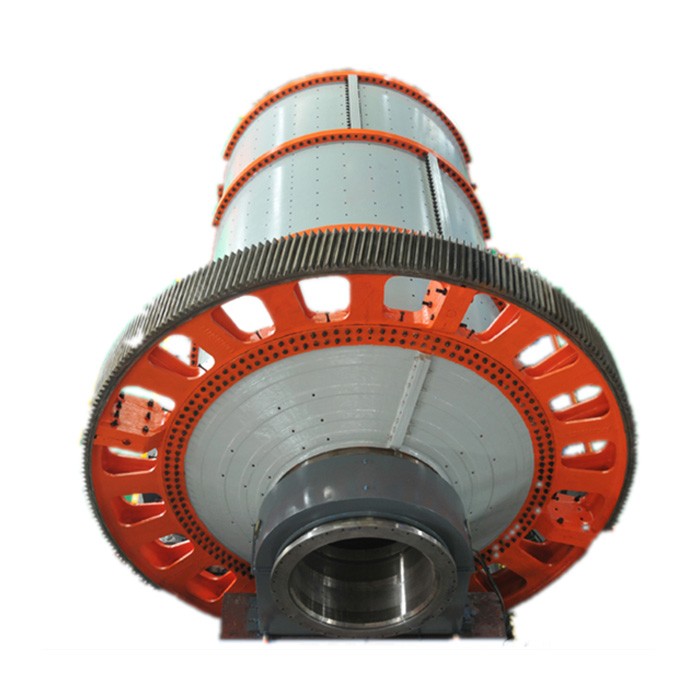Ball Mills
This paper details the manufacturing process and quality control measures for ball mills, critical equipment in mining, building materials, and metallurgy. The manufacturing process involves fabricating core components (cylinder, end caps, hollow shafts, transmission system, and liners) through material selection, precision machining, welding, heat treatment, and assembly. Key steps include cylinder rolling and welding, end cap casting/machining, hollow shaft forging and tempering, gear hobbing and quenching, and liner casting. Final assembly integrates these components with strict alignment and clearance controls, followed by no-load and load tests.
Quality control spans three stages: material inspection (certification verification, chemical and mechanical testing), process inspection (dimensional checks, non-destructive welding testing, heat treatment validation), and finished product inspection (assembly accuracy, performance testing, and appearance checks). These measures ensure ball mills meet efficiency, durability, and safety standards, with a typical service life exceeding 10 years and liner replacement cycles of 6–12 months.
More





